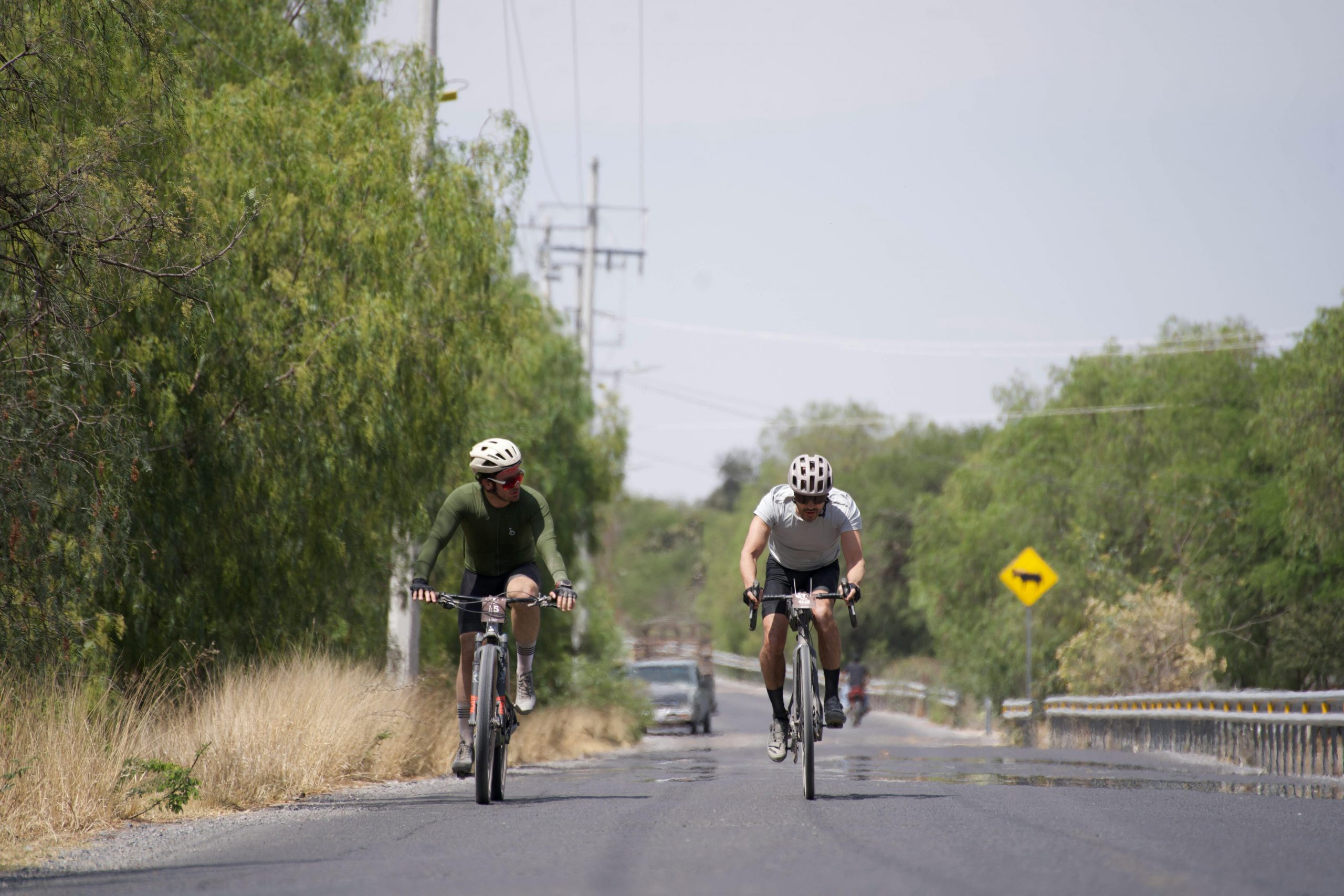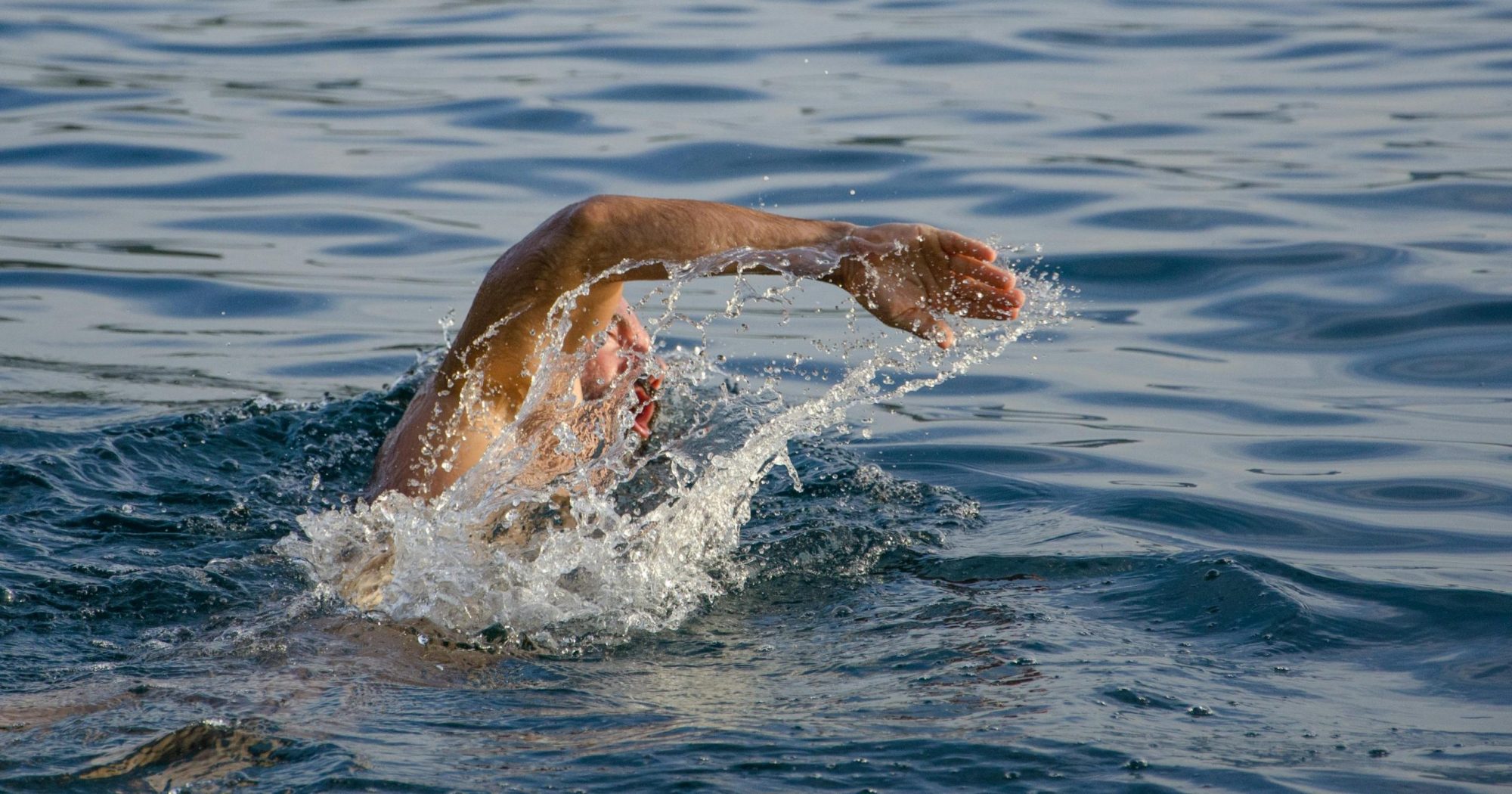What combines three seemingly unrelated sports of swimming, running, and cycling? It may seem like they have nothing in common but actually, there is a sport that combines all three, putting an emphasis on endurance, speed, and strength. Welcome to triathlon.
Triathlon may consist of sport activities with a well-established history (though, of course, cycling is much younger than its other two counterparts), but as a sport of its own, it is still pretty young.
Having athletes compete in three different sports isn’t exactly a new concept. In fact, even the Ancient Olympic Games included an event where athletes had to perform a long jump, throw a javelin and a disc. Records of the first event distantly resembling the modern triathlon appeared in the beginning of the 20th century in France. Athletes would compete in running, cycling, and canoeing. A couple decades later canoeing was replaced with swimming.
However, it wasn’t until the 1970s that the modern triathlon emerged and started gaining popularity on the world arena. Two members of the San Diego Track Club came up with the idea to organize an event with three components as an alternative to usual tracking and jogging routines.
Several years later the triathlon found its way to Europe, with the first event held in 1980 in the former Czechoslovakia, and Belgium, West Germany, and the Netherlands following suit in the next year. However, it wasn’t until 20 November 1982 when the triathlon held in Nice, France was televised that the sport finally found its place on the European athletic arena.
Establishment of an international governing body for triathlon took several years and quite a lot of effort to bring various entities to a mutual understanding. In 1991 the International Olympic Committee acknowledged the International Triathlon Union (ITU) as the governing body. In 2000, triathlon made its debut as a medal winning sport at the Sydney Summer Olympic Games and has been part of the programme in every subsequent edition.
Triathlon 101: Components, Rules, and More
While triathlon consists of three components, they do not have separate winners. The race is scored as a whole, with the first athlete to cross the final finish line becoming the champion.
Distances in each of the three components vary depending on the tournament. The Olympic standard, which is also often referred to as the international distance or standard course, consists of 1,5 km swimming, 40 km cycling, and 10 km running (in that order).
Until 2020 triathlon has been conducted as an individual competition, with men and women competing separately. The 2020 Tokyo Summer Olympics introduced a new event, mixed relay, where teams consisting of two female and two male athletes performed the usual triathlon course in a relay manner.
Triathlon Swimming
Triathletes often won’t put as much pressure on their legs during swimming as regular swimmers. This is done to retain muscle energy for the next two stages. Triathlon is also one of the few sports where swimmers compete in the open water rather than a pool. This can bring a number of advantages and disadvantages.
While swimming in the open water means having to deal with a less controlled environment, such as water temperature, constantly checking the marks to stay on the course, and others, it can also be helpful if the swimmer manages to catch the current or a slipstream behind a competitor that help them propel while conserving some energy.
The gear is also different from that of pool swimmers. For example, wetsuits are allowed and in some cases required by rules, depending on the water temperature. While they provide buoyancy, wetsuits can be prohibited by the race organizers if the water temperature goes above 29 °C (84 °F) to avoid overheating. Some governing bodies also impose restrictions upon the thickness of wetsuits.
Triathlon Cycling
Triathlon bicycles undergo various transformations to allow for better use of aerodynamics during the race. Such transformations include special handlebars where the cyclist can place their forearms, aerodynamic wheels, and a special seat tube that helps preserve the muscles needed for running that comes after the cycling stage.
Drafting and forming peloton-like formations may or may not be allowed, depending on the competition and the governing body.

Betting is only available to participants above 18 years. Please bet responsibly. BeGambleAware.org
Triathlon Running
As running comes at the end of the race, it is also considered the most difficult part because most of the athlete’s muscles are already tired. In fact, experiencing pain a few hundred meters into the running section is not an uncommon phenomenon for novice triathletes. For this specific reason, transition workouts between two disciplines are a crucial part of triathlon training.
Transition Time
Transition between sections takes place in specific designated areas. Athletes change gear and hydrate before carrying on to the next stage. The time spent in the transition area is added to the overall performance time, that’s why it is equally important to be fast and efficient during the transition.
Triathlon Mixed Relay
While most triathlon races are individual competitions, relays where an entire team would take part in the race weren’t uncommon, though teams still consisted of the same-gender athletes. A mixed relay was introduced at the World Triathlon Mixed Relay Championships in 2009, with teams of four consisting each of two men and two women. A decade later, mixed relay was introduced at the 2020 Tokyo Summer Olympic Games.
Distances for the mixed relay are shorter and consist of a 300 m swim, 8 km cycle, and 2 km run. Each member of the team participating in the mixed relay race has to complete all three sections, then tag a teammate of the opposite gender. In Tokyo 2020 a female athlete from each team started the mixed relay race, with the order being woman/man/woman/man. In Paris 2024 this order was changed, with a male athlete now starting the race.
The names of the Tokyo 2020 champions will remain in the history of sport as the first Olympic medalists in triathlon mixed relay. Here they are:
| Games | Gold | Silver | Bronze |
| 2020 Tokyo | Great Britain
Jessica Learmonth Jonathan Brownlee Georgia Taylor-Brown Alex Yee |
United States
Katie Zaferes Kevin McDowell Taylor Knibb Morgan Pearson |
France
Léonie Périault Dorian Coninx Cassandre Beaugrand Vincent Luis |
Triathlon Olympics 2024: Overall Facts
The seventh edition of the Olympic triathlon events is scheduled between 31 July and 5 August 2024. The venue selected to host the tournament is Pont Alexandre III. It includes a race for both men and women. Following a successful first time appearance at the 2020 Tokyo Summer Olympic Games, the mixed relay events will also be featured in the competition.
The traditional race is conducted in its usual Olympic format of swimming 1.5 km (0.93 mi), cycling 40 km (25 mi), and running 10 km (6.2 mi). The mixed relay has its own distances, where each of the four athletes (two men and two women) will swim 300 m (330 yd), cycle 8 km (5.0 mi), and run 2 km (1.2 mi) in a relay format.
The International Olympic Committee allocated a total of 110 berths to be equally divided between male and female athletes. Each qualifying National Olympic Committee could send a maximum of three athletes of each gender. Qualifying athletes were determined through a number of events, while France was automatically granted four berths (two for men and two for women) as the host country. The qualifying tournaments were as follows:
| Event | Date |
| 2022 World Triathlon Mixed Relay Championships | 26 June 2022 |
| 2023 World Triathlon Mixed Relay Championships | 15–16 July 2023 |
| Mixed Relay Olympic Qualification Rankings | 25 March 2024 |
| 2024 World Triathlon Mixed Relay Olympic Qualification Event | 17 May 2024 |
| Individual Olympic Qualification Rankings | 27 May 2024 |
As a result, 42 National Olympic Committees were qualified to have their athletes compete for the gold, silver, and bronze medal in triathlon at the 2024 Summer Olympic Games. Check out the participating nations below along with the number of athletes each of them sent to Paris.
- Argentina (1)
- Australia (4)
- Austria (4)
- Azerbaijan (1)
- Barbados (1)
- Belgium (4)
- Bermuda (3)
- Brazil (4)
- Canada (3)
- Chile (2)
- China (1)
- Colombia (1)
- Czech Republic (1)
- Denmark (2)
- Ecuador (1)
- France (6) (host)
- Germany (6)
- Great Britain (5)
- Guam (1)
- Hong Kong (1)
- Hungary (3)
- Iceland (1)
- Israel (1)
- Italy (5)
- Japan (3)
- Kazakhstan (1)
- Luxembourg (1)
- Mauritius (1)
- Mexico (4)
- Morocco (1)
- Netherlands (4)
- New Zealand (4)
- Norway (4)
- Poland (1)
- Portugal (4)
- Romania (1)
- Spain (5)
- South Africa (3)
- Sweden (1)
- Switzerland (4)
- Togo (1)
- United States (5)
Out of these, only the countries that are represented with at least two female and two male triathletes will be participating in the mixed relay event. These are:
| Nation | Men | Women |
| Australia | 2 | 2 |
| Austria | 2 | 2 |
| Belgium | 2 | 2 |
| Brazil | 2 | 2 |
| France | 3 | 3 |
| Germany | 3 | 3 |
| Great Britain | 2 | 3 |
| Italy | 2 | 3 |
| Mexico | 2 | 2 |
| Netherlands | 2 | 2 |
| New Zealand | 2 | 2 |
| Norway | 2 | 2 |
| Portugal | 2 | 2 |
| Spain | 3 | 2 |
| Switzerland | 2 | 2 |
| United States | 2 | 3 |
Triathlon Relay Olympics 2024: Current Standings
While a fair share of attention was given to each event at the 2024 Paris Summer Olympic Games, the sporting community was especially interested in the course and outcomes of the mixed relay tournament, since it was only the second time it was included in the Olympic programme.
This year men’s and women’s individual tournaments were scheduled in two consecutive days, 30 and 31 July respectively. However, due to water quality in Seine, the men’s event had to be postponed and took place on the same day as the women’s, only several hours earlier.
Now, with all the events having concluded, it is time to reveal the names of the medalists in each category.
| Event | Gold | Silver | Bronze | |||
| Men’s individual | Alex Yee
(Great Britain) |
1:43:33 | Hayden Wilde
(New Zealand) |
1:43:39 | Léo Bergère
(France) |
1:43:43 |
| Women’s individual | Cassandre Beaugrand
(France) |
1:54:55 | Julie Derron
(Switzerland) |
1:55:01 | Beth Potter
(Great Britain) |
1:55:10 |
| Mixed relay | Germany
Tim Hellwig Lisa Tertsch Lasse Lührs Laura Lindemann |
1:25:29 | United States
Seth Rider Taylor Spivey Morgan Pearson Taylor Knibb |
1:25:30 | Great Britain
Alex Yee Georgia Taylor-Brown Sam Dickinson Beth Potter |
1:25:30 |
Betting is only available to participants above 18 years. Please bet responsibly. BeGambleAware.org


